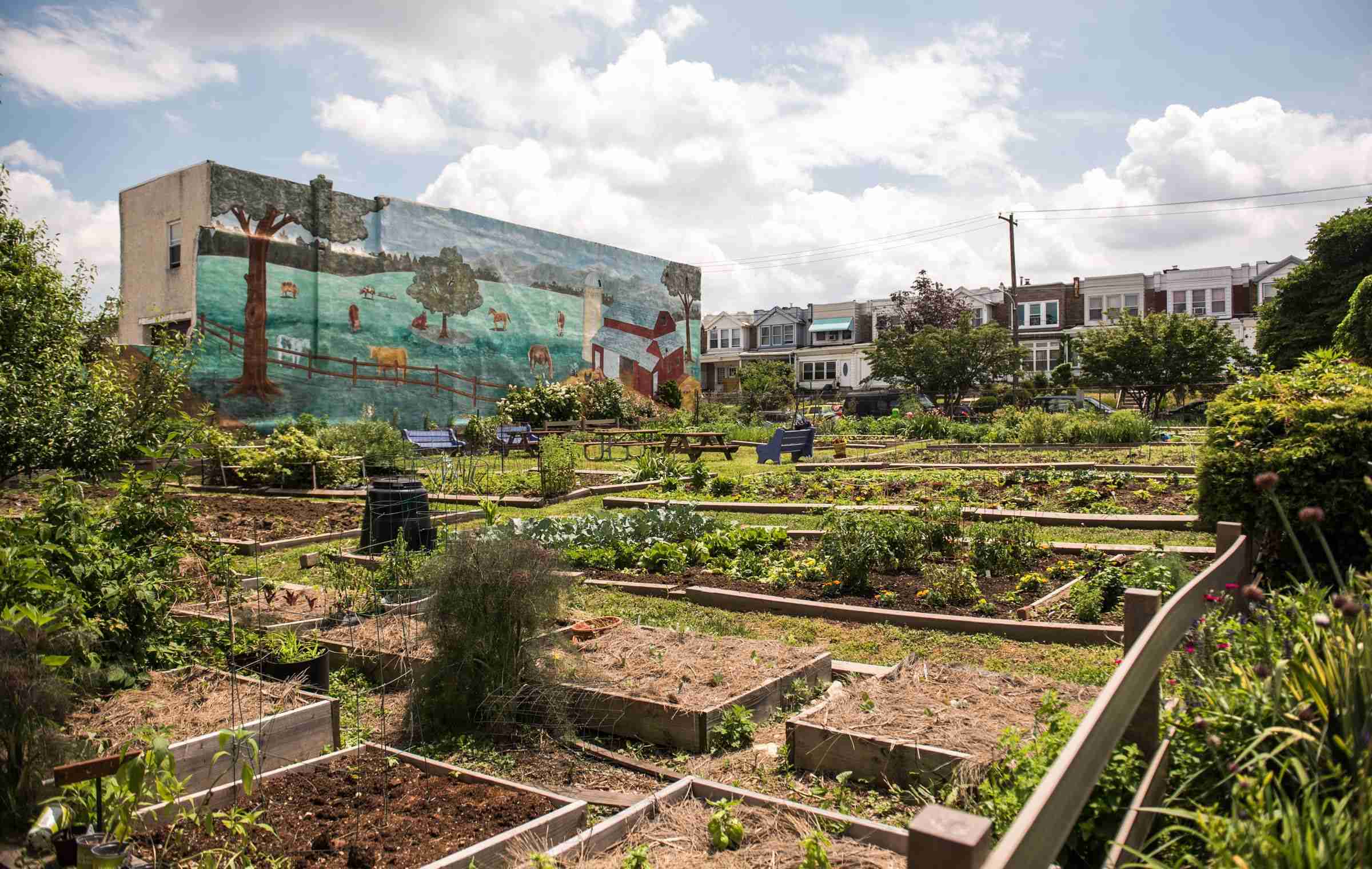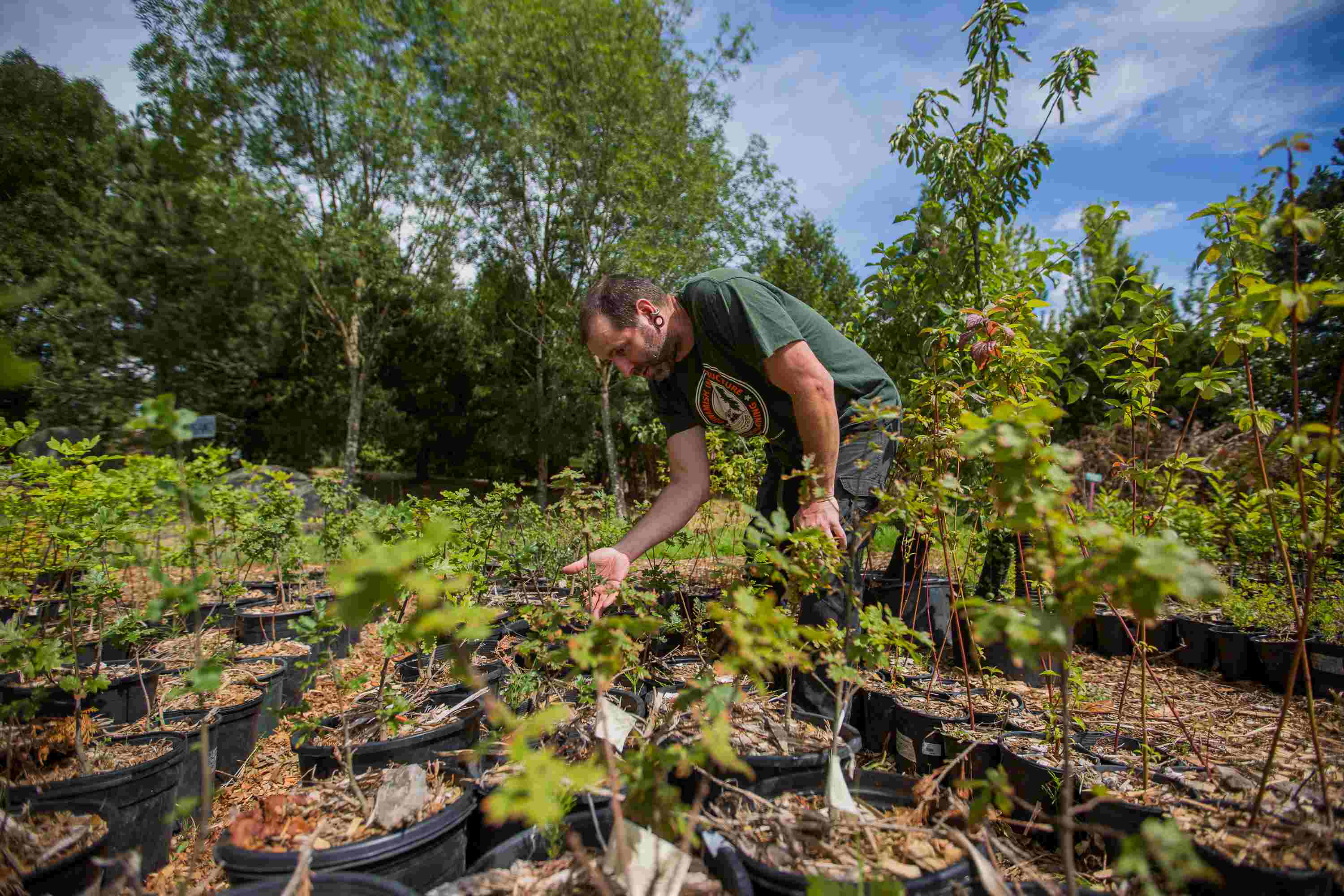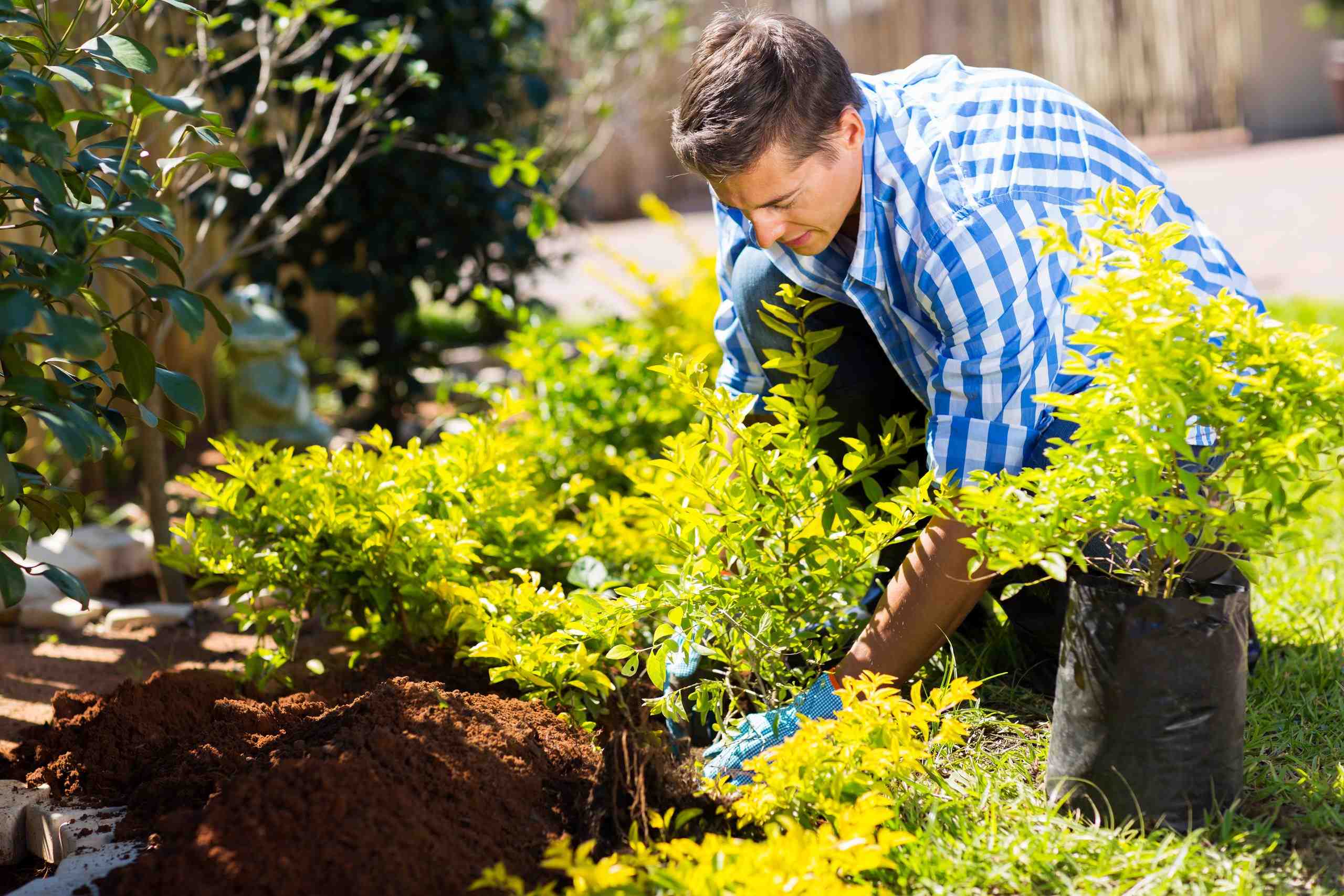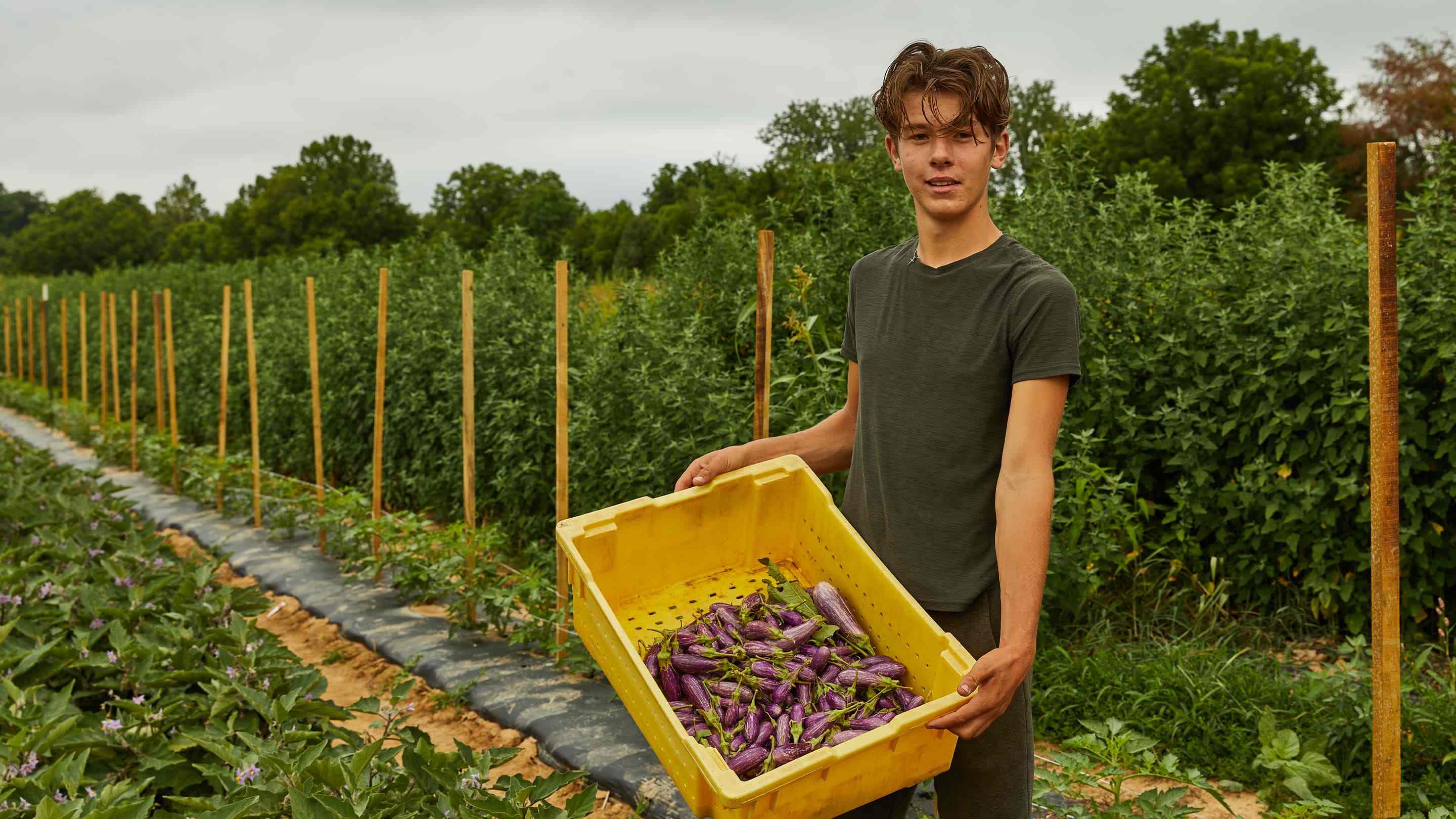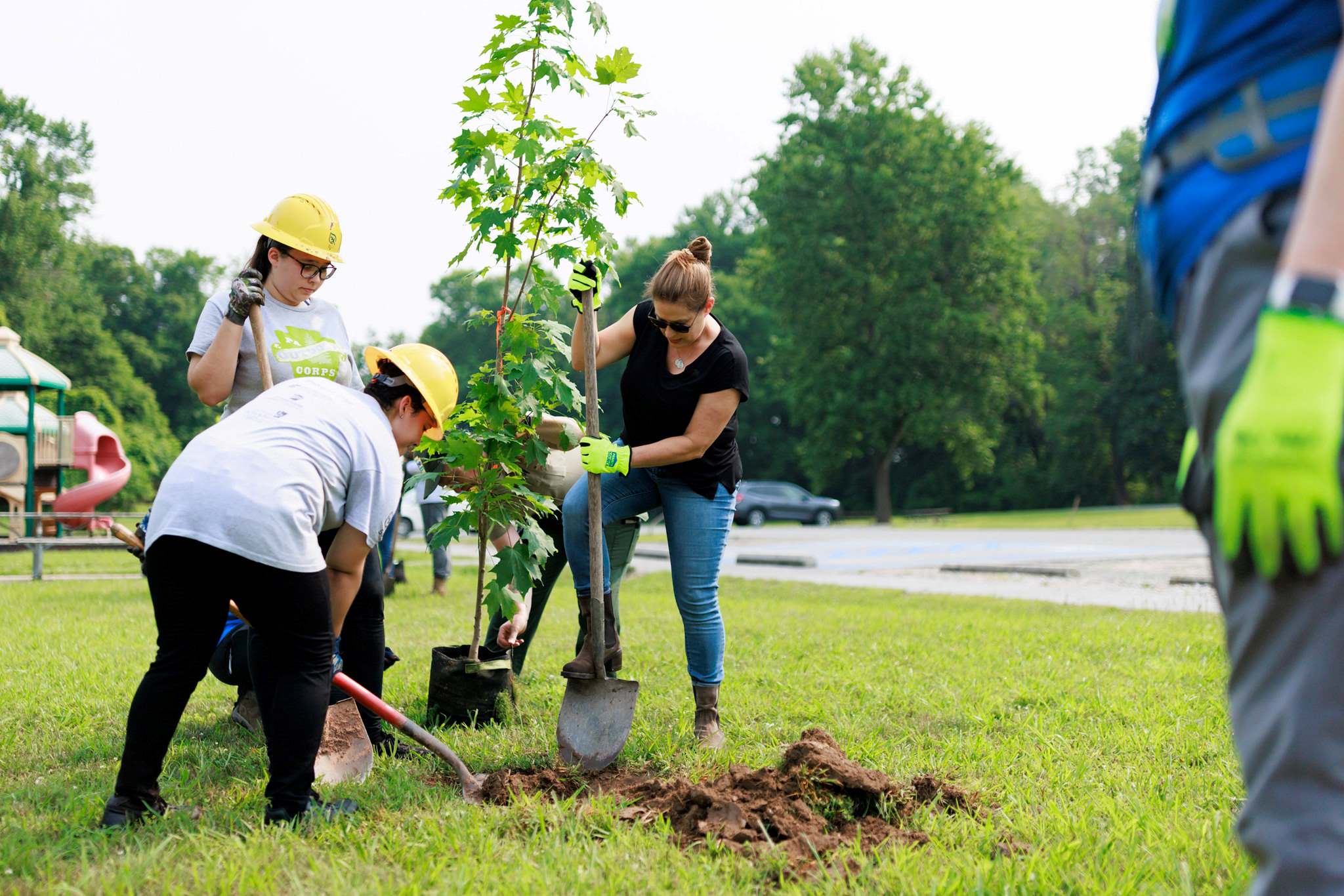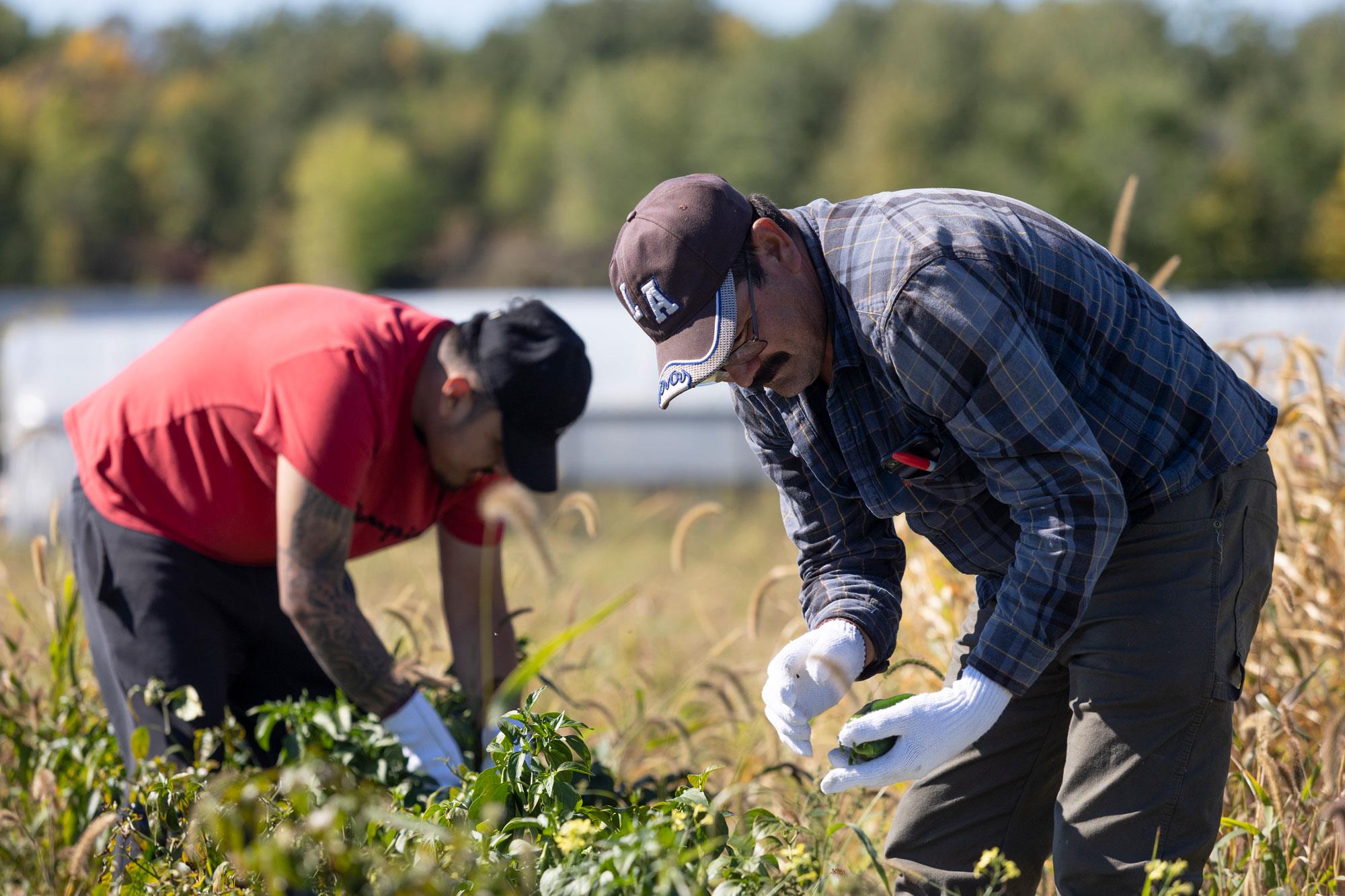Home>Gardening Basics>Understanding Soil>What Planting Zone Is Los Angeles


Understanding Soil
What Planting Zone Is Los Angeles
Modified: January 22, 2024
Learn about the planting zone for Los Angeles and understand how to choose the right soil for optimal plant growth and cultivation in this region.
(Many of the links in this article redirect to a specific reviewed product. Your purchase of these products through affiliate links helps to generate commission for Chicagolandgardening.com, at no extra cost. Learn more)
Table of Contents
Introduction
Welcome to the sunny city of Los Angeles, where the weather is warm, the skies are blue, and the gardening opportunities are endless. Whether you are a seasoned gardener or just starting out, understanding the planting zones in Los Angeles is essential to successfully growing a wide range of plants.
Planting zones, also known as hardiness zones, are geographical areas that help gardeners determine which plants will thrive in specific climates. These zones are based on the average annual minimum temperature and serve as a guide for selecting plants that are well-suited to a particular region.
Los Angeles, nestled in Southern California, boasts a Mediterranean climate with ample sunshine, mild winters, and warm summers. The unique climatic conditions in Los Angeles create an ideal environment for a diverse array of plant species. However, it is important to understand the specific planting zone of the city to make informed decisions about what plants to grow.
In this article, we will explore the climate of Los Angeles, discuss how to determine the planting zone of the city, and provide recommendations for suitable plants to grow in each zone. So, whether you have a small backyard garden or a balcony full of pots, let’s dive into the world of planting zones in Los Angeles and discover the possibilities that await!
Understanding Planting Zones
Planting zones are determined by the United States Department of Agriculture (USDA) based on the average annual minimum temperature. These zones are divided into 11 categories, ranging from zone 1 (with the coldest temperatures) to zone 11 (with the warmest temperatures).
Each planting zone has specific temperature ranges that help determine which plants are most likely to thrive in that area. These temperature ranges are crucial because they indicate the average lowest temperature a region experiences during the winter months.
Understanding the planting zones is essential for successful gardening because different plants have different temperature tolerances. Some plants can withstand cold temperatures and even thrive in frosty conditions, while others are more sensitive and require milder climates.
In addition to temperature, other factors can also affect plant growth, such as sunlight, moisture, and soil conditions. However, temperature plays a significant role in determining the overall hardiness and suitability of a plant for a particular area.
By understanding the planting zone of your area, you can choose plants that are well-adapted to the local climate. This knowledge will help you select varieties that have a higher chance of survival and thrive in your garden.
It’s important to note that planting zones are just a general guideline and should be used as a starting point for selecting plants. Local microclimates, such as proximity to the coast or elevation, can significantly impact the actual growing conditions. Therefore, it’s always beneficial to observe and understand the unique characteristics of your specific location.
Now that we have a basic understanding of planting zones, let’s explore the climate of Los Angeles and how it affects the planting zones in the city.
The Climate of Los Angeles
Los Angeles is blessed with a Mediterranean climate, characterized by warm, dry summers and mild, wet winters. This unique climate is influenced by its proximity to the Pacific Ocean and the surrounding mountain ranges.
During the summer months, Los Angeles experiences warm temperatures with abundant sunshine. Average temperatures range from the mid-70s°F (mid-20s°C) to the mid-80s°F (high 20s to low 30s°C). Occasionally, heatwaves can bring temperatures soaring into the 90s°F (30s to low 40s°C).
Winter in Los Angeles is relatively mild with average temperatures ranging from the mid-50s°F (around 10°C) to the low 70s°F (20s°C). Frost and freezing temperatures are uncommon, especially in coastal regions.
Rainfall in Los Angeles occurs primarily during the winter months. The city receives an average of 14 inches (356 mm) of precipitation per year, with the majority falling in the form of rain. However, it is important to note that precipitation can vary significantly from year to year, with some years experiencing drought conditions.
The combination of warm summers, mild winters, and moderate rainfall creates an ideal climate for a diverse range of plants. Los Angeles is known for its vibrant gardens, with a variety of flowering plants, fruit trees, and vegetables.
Now that we have an understanding of the climate in Los Angeles, let’s delve into how we can determine the specific planting zone of the city.
Determining the Planting Zone of Los Angeles
To determine the planting zone of Los Angeles, we can refer to the USDA Hardiness Zone Map. This map divides the United States into numbered planting zones, indicating the average annual minimum temperature for each region.
Los Angeles falls into USDA Hardiness Zone 10a, which is characterized by an average annual minimum temperature range of 30°F (-1°C) to 35°F (2°C). This means that the coldest temperature in Los Angeles during the winter months is typically above freezing, allowing for a wide variety of plants to thrive.
However, it’s important to note that Los Angeles is a large city with diverse microclimates due to factors such as elevation, proximity to the coast, and urban heat island effect. These microclimates can have a significant impact on the actual growing conditions, making it important to consider localized factors as well.
For example, coastal regions of Los Angeles may experience cooler temperatures compared to inland areas, with the influence of cool sea breezes. Higher elevations in the nearby mountains may also experience lower temperatures due to the altitude. These factors can create variations within the larger planting zone, providing opportunities to experiment with different plants and extend the growing season.
It’s also worth mentioning that the USDA Hardiness Zone Map is just a guideline, and it’s always beneficial to consult with local gardening resources, such as nurseries, gardening clubs, and experienced gardeners in your area. They can provide valuable insights and recommendations based on their knowledge and experience with the local climate and growing conditions.
Now that we know the planting zone of Los Angeles, let’s explore some plant recommendations for each zone to help you get started on your gardening journey!
Planting Zone Recommendations for Los Angeles
Now that we know Los Angeles falls into USDA Hardiness Zone 10a, let’s explore some plant recommendations for each zone within the city. Keep in mind that the specific planting recommendations may vary depending on microclimates within Los Angeles, so it’s always a good idea to consult with local gardening experts for personalized advice.
- Zone 10a: In this zone, you can enjoy a wide range of plants that thrive in a Mediterranean climate. Consider planting fruit trees like citrus (lemons, oranges, and tangerines), avocados, and figs. You can also grow herb favorites such as rosemary, oregano, and thyme. For flowers, try bougainvillea, geraniums, and lavender.
- Zone 10b: This zone offers slightly warmer temperatures compared to 10a. In addition to the plants recommended for zone 10a, you can experiment with tropical varieties like bananas, mangoes, and papayas. Palm trees and succulents, such as agave and aloe vera, also thrive in this zone.
- Zone 11: As the warmest zone in Los Angeles, zone 11 provides an opportunity to grow more heat-loving plants. Consider planting exotic varieties like passion fruit, guava, and dragon fruit. Palms, cacti, and succulents can add a touch of desert beauty to your garden.
It’s important to note that even within the same planting zone, factors like sun exposure, soil type, and water availability can vary. So, be sure to consider these factors when planning your garden. Additionally, regular maintenance, proper watering, and mulching can help ensure the success of your plants.
Don’t forget to explore the local farmers’ markets and plant nurseries in Los Angeles, where you can find a wide variety of plants specifically suited to the region. The staff at these establishments can often provide valuable insights and recommendations based on their expertise and knowledge of the local gardening scene.
Now that you have some planting zone recommendations for Los Angeles, it’s time to get out there and start creating your dream garden!
Conclusion
Understanding the planting zones in Los Angeles is essential for successful gardening in this vibrant city. With its Mediterranean climate, warm summers, mild winters, and ample sunshine, Los Angeles provides the perfect environment for a diverse range of plants to thrive.
By determining the specific planting zone of Los Angeles, gardeners can make informed decisions about which plants are best suited for their gardens. The USDA Hardiness Zone Map indicates that Los Angeles falls into zone 10a, with an average annual minimum temperature range of 30°F (-1°C) to 35°F (2°C).
However, it’s important to consider the local microclimates within Los Angeles, which can create variations in temperature and growing conditions. Factors such as elevation, proximity to the coast, and urban heat island effect can influence the actual climate experienced in different areas of the city.
When selecting plants for your Los Angeles garden, take into account the recommended varieties for your specific zone. Zone 10a offers an abundance of possibilities, including citrus trees, herbs, and flowering plants like bougainvillea and geraniums. In warmer zones like 10b and 11, you can experiment with tropical fruits, palm trees, and heat-loving succulents.
Remember to consult with local gardening resources, such as nurseries and experienced gardeners, for personalized advice on plant selection and care. They can provide valuable insights based on their knowledge of the local climate and growing conditions.
Now that you have a better understanding of the planting zones in Los Angeles and some recommendations for each zone, it’s time to get your hands dirty and start creating your own urban oasis. Enjoy the process, and watch as your garden flourishes in the sunny and inviting climate of Los Angeles!
